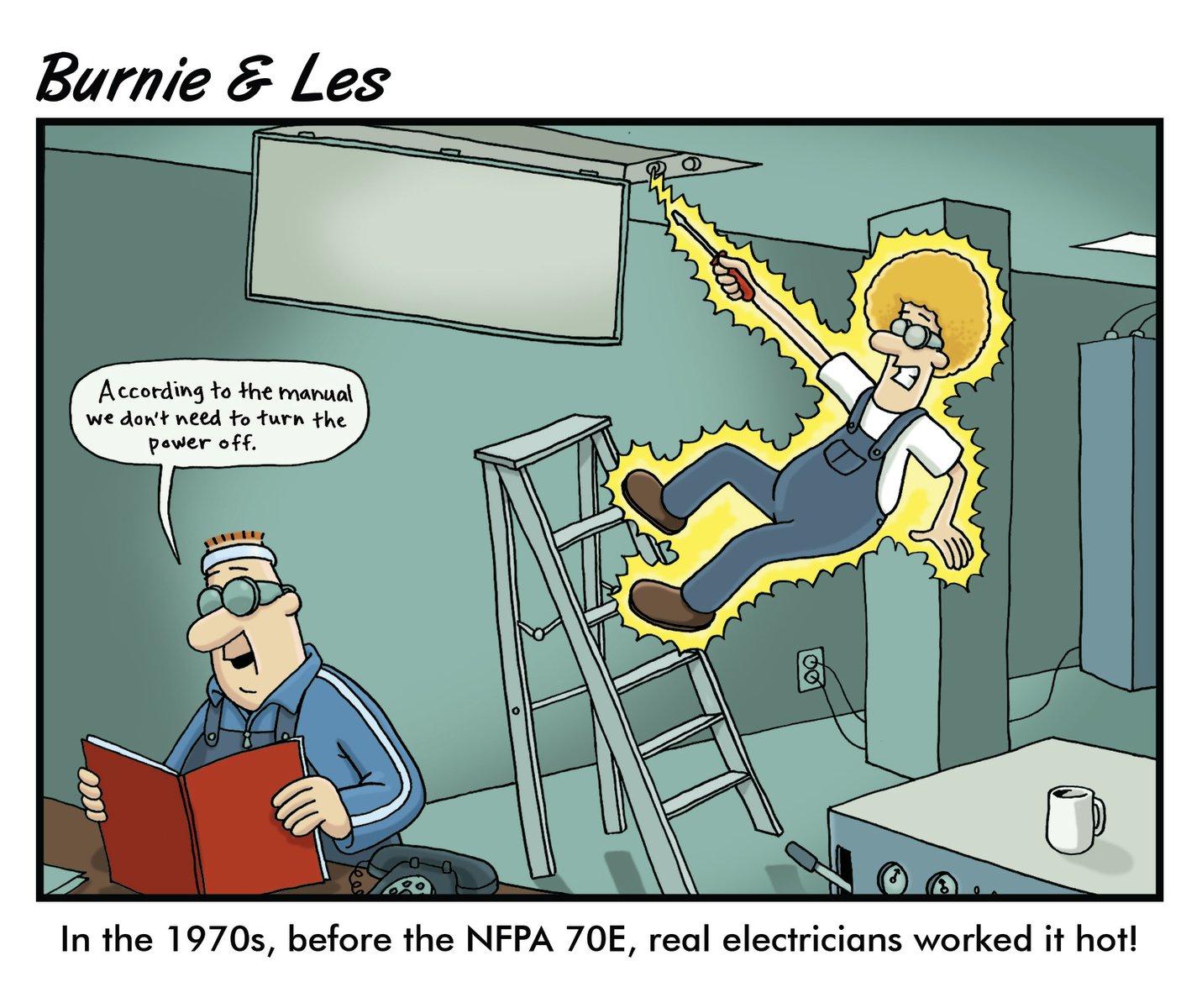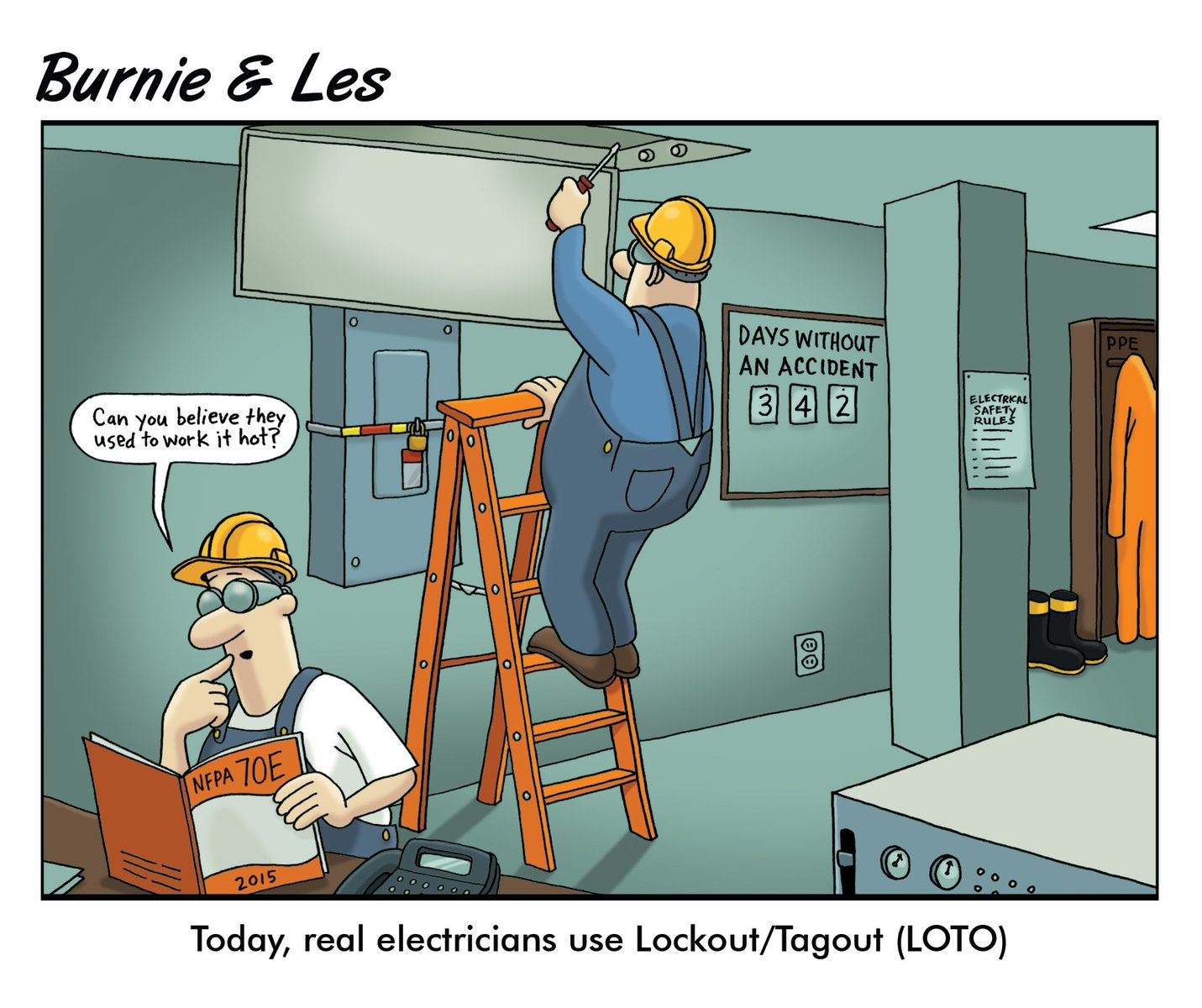The Evolution of Electrical Safety Standards
Electrical safety standards have undergone significant transformations over the years, evolving to address emerging technologies, new applications, and increasing demands for safety in various environments. Understanding the historical context and the progression of these standards is essential for appreciating their current state and anticipating future developments. This blog delves into the evolution of electrical safety standards, highlighting key milestones and their impact on industry practices.
The Early Days of Electrical Safety
In the late 19th and early 20th centuries, the use of electricity in homes and industries was rapidly expanding. However, the lack of standardized safety practices led to numerous accidents and fatalities. Early efforts to standardize electrical safety began with organizations such as the National Board of Fire Underwriters (NBFU) and the American Institute of Electrical Engineers (AIEE). These organizations laid the groundwork for developing guidelines to prevent electrical fires and ensure safe electrical installations.
Establishing the National Electrical Code
One of the most significant milestones in electrical safety was the publication of the National Electrical Code (NEC) in 1897. The NEC, initially developed by the National Fire Protection Association (NFPA), aimed to standardize electrical installations and reduce fire hazards. Over the years, the NEC has been continuously updated to incorporate new technologies, materials, and methods. It has become the benchmark for electrical safety in the United States and has influenced international standards.
The Rise of International Standards
As electrical systems became more complex and global trade expanded, the need for international standards became apparent. The International Electrotechnical Commission (IEC) was founded in 1906 to develop and publish international standards for electrical and electronic technologies. The IEC standards have facilitated global trade and ensured a consistent level of safety and performance across different countries.

Addressing Workplace Safety: OSHA and NFPA 70E
The Occupational Safety and Health Administration (OSHA) was established in 1970 to ensure safe and healthy working conditions for employees in the United States. OSHA's regulations include standards for electrical safety, which mandate safe work practices, employee training, and the use of personal protective equipment (PPE).
In addition to OSHA, the NFPA introduced the NFPA 70E standard for electrical safety in the workplace. NFPA 70E provides detailed guidelines for protecting workers from electrical hazards, such as arc flash and electric shock. It emphasizes the importance of hazard analysis, risk assessment, and the implementation of safe work practices.

Advancements in Technology and New Challenges
With the advent of new technologies, such as renewable energy systems, electric vehicles, and smart grids, electrical safety standards have had to adapt to address new challenges. For instance, higher voltage DC systems in solar fields and electric vehicle infrastructure pose increased risks of arc flash and shock hazards. Standards organizations like the NFPA and IEC have been working to update their guidelines to ensure safety in these emerging fields.
The Role of Permanent Electrical Safety Devices
Permanent Electrical Safety Devices (PESDs) have become an integral part of modern electrical safety practices. PESDs, such as voltage presence LED indicators and high impedance protected test points that provide a means for verifying the absence of voltage without direct contact with live conductors. These devices help enhance safety by reducing the risk of accidental contact with live electrical parts and improving compliance with safety standards.
The Future of Electrical Safety Standards
As technology continues to evolve, electrical safety standards will need to keep pace. The integration of the Internet of Things (IoT), advancements in renewable energy, and the proliferation of electric vehicles will present new challenges and opportunities for electrical safety. Standards organizations will need to collaborate with industry experts, engineers, and policymakers to develop guidelines that address these emerging risks while promoting innovation and efficiency.
The evolution of electrical safety standards reflects the ongoing efforts to protect people and property from electrical hazards. From the early days of the NEC to the modern challenges posed by new technologies, these standards have played a crucial role in shaping safe practices in the electrical industry. As we look to the future, continued vigilance and innovation will be essential to ensure that electrical safety standards remain effective and relevant in an ever-changing technological landscape.

As we continue to explore the future of electrical safety, it’s clear that advancements in technology and renewable energy bring both opportunities and challenges. Ensuring the safety of higher voltage DC systems is crucial as we embrace solar power and electric vehicles.
To dive deeper into these emerging issues and learn about the latest advancements in electrical safety, join us for an insightful webinar on "Enhancing Electrical Safety for Higher Voltage DC Systems," presented by Kevin Zamzow. Don’t miss this opportunity to stay ahead in the field—register now for the webinar on Tuesday, June 25 at 10am, and be part of the conversation shaping the future of electrical safety.


